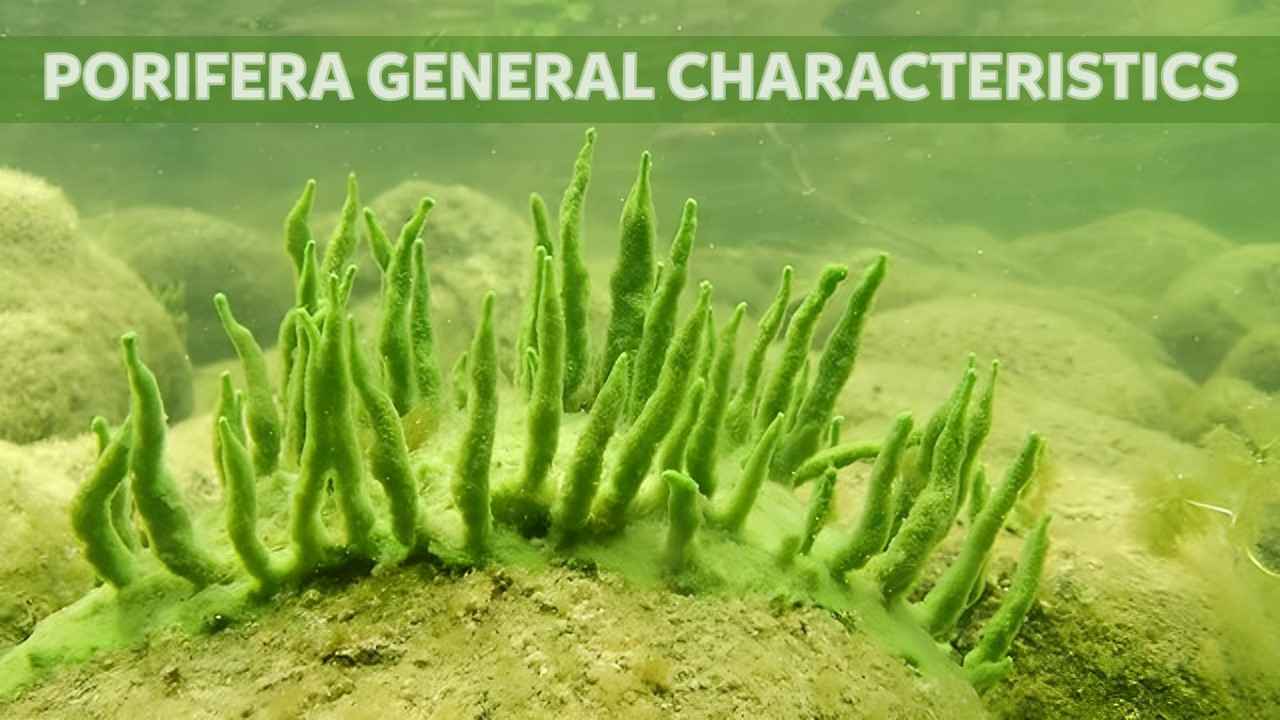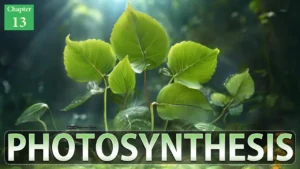Table of Contents
Porifera general characteristics
In this article, we will discuss the Porifera general characteristics
Porifera general characteristics
- Porifera commonly known as sponges, are group of aquatic animals that belong to the phylum Porifera.
- Porifera are mostly found in marine environments, although some freshwater species also exist. They are usually sessile and attach themselves to hard substrates such as rocks, coral reefs, and shells.
- Porifera exhibit asymmetry, which means they do not have any particular body symmetry.
They can have any shape or form, ranging from spherical to elongated, and may have a branched or encrusting growth pattern. - Porifera have a simple body structure, which consists of a sac-like body with numerous pores or channels called ostia.
- The body wall is made up of two layers of cells, an inner layer of choanocytes or collar cells, and an outer layer of flattened cells called pinacocytes.
- These cells are supported by a proteinaceous matrix called the mesohyl, which also contains spicules and/or spongin fibers.
- Porifera are filter feeders and depend on water flow to obtain food.
- They draw in water through the ostia and filter out small particles such as bacteria, plankton, and organic matter using their choanocytes.
- The filtered water is then expelled through a large opening called the osculum.
- Porifera can reproduce both sexually and asexually. Asexual reproduction occurs through budding, where a new sponge grows from an existing one. The sexual reproductiction involves release of sperm and eggs into the water results in fertilisation and the formation of larvae. The larvae then settle on a substrate and grow into adult sponges.
- Porifera play an important role in marine ecosystems as they are filter feeders and help to maintain water quality.
- They also provide as a habitat for other organisms like small fish, crustaceans, and mollusks.
Some species of porifera also produce bioactive compounds with potential pharmaceutical and biotechnological applications.
Examples of porifera
Hexactinellid (Glass Sponge)
- The glass sponge, also known as hexactinellid sponge, is a unique species of porifera that is found in deep ocean waters.
- They have a delicate, glass-like skeleton made of six-pointed silica spicules, which give them a unique, delicate appearance.
Euplectella (Venus Flower Basket)
- The Venus flower basket, or Euplectella aspergillum, is a type of deep-sea glass sponge that is known for its unique shape and intricate lattice-like structure.
- It is also known for its association with shrimp that live inside the sponge. The shrimp enter the sponge as juveniles and remain inside as adults, creating a symbiotic relationship with the sponge.
Xestospongia (Barrel Sponge)
- The barrel sponge, or Xestospongia muta, is one of the largest species of sponge, growing up to six feet tall and three feet wide.
- They are found in the Caribbean and are known for their unique barrel shape and large size.
Barrel sponges can also live for hundreds of years, making them some of the oldest animals on Earth.
Aplysina (Yellow Tube Sponge)
- The yellow tube sponge, or Aplysina fistularis, is a brightly colored species of sponge found in the Caribbean.
- They are known for their tube-like shape, which can grow up to three feet in length. Yellow tube sponges also produce bioactive compounds that have been used in medical research.
Tedania (Fire Sponge)
- The fire sponge, or Tedania ignis, is a species of sponge found in the Caribbean that is known for its bright red color and potent toxins.
- It is one of the most toxic sponges and can cause severe skin irritation and even death in humans.
- Despite its toxicity, the fire sponge has been found to contain bioactive compounds with potential medical applications.
Read More Topics:



![[PPT] The living world Class 11 Notes](https://rajusbiology.com/wp-content/uploads/2024/06/PPT-The-living-world-Class-11-Notes-300x169.webp)
